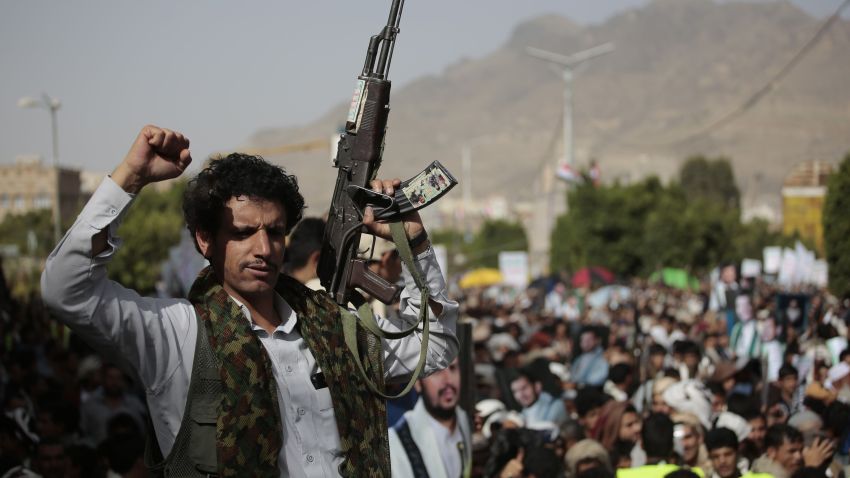Yemen’s latest truce extension, which was announced by the United Nations on Aug. 2, was reached with difficulty and at the last minute. This was partly because the Iran-backed Houthi militia, which has been involved in a seven-yearlong conflict with the Yemeni government and its Gulf backers, initially signaled they would refuse to extend it after U.S. President Joe Biden visited Saudi Arabia in July. However, it is also because the Houthis no longer feel they have any incentive to make further concessions, or to make good on the ones they have already agreed to.
Having seen their demands more or less met during the first two rounds of cease-fire negotiations, the Houthi leadership is less committed than ever to meeting its obligations under the arrangement. With the clock already running down on the latest two-month extension, the group’s lack of meaningful engagement poses a serious threat to the prospects for reaching a lasting peace.
The initial truce agreement—which was agreed on April 2 and extended on June 2—was simple in its design. The half-page agreement had two main components: A halt to all offensive land, air and maritime military operations inside and outside Yemen, and a freeze in current military positions on the ground, concentrating on limiting military activity and deescalating conflict in specific zones of the country. Since it came into effect, the Saudi-led coalition supporting the internationally recognized government in Yemen has restrained its activity in the country, and the Houthis have restricted their cross-border attacks, which in the past targeted both Saudi Arabia and the United Arab Emirates.

